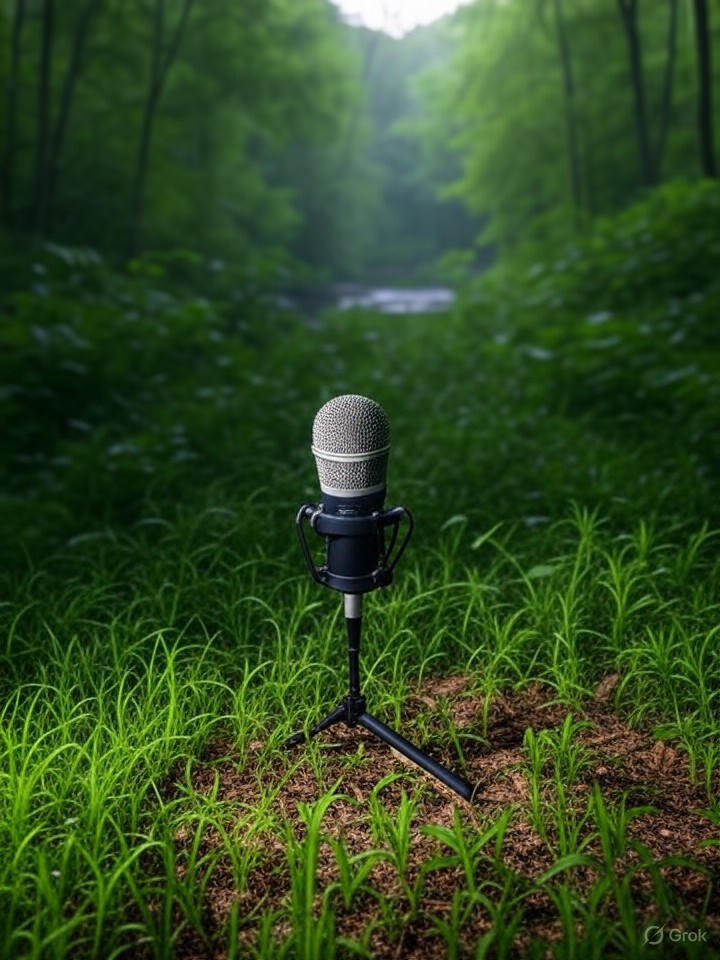In the rapidly evolving field of artificial intelligence, Google has unveiled a significant upgrade to its Perch AI model, empowering scientists to harness sound analysis for enhanced conservation efforts. This development, detailed in a recent report from Android Central, marks a pivotal step in bioacoustics, where AI processes vast audio datasets to identify and monitor endangered species. By revamping Perch, Google aims to address the challenges of biodiversity loss, allowing researchers to detect animal calls in real-time and track population trends with unprecedented speed.
The upgraded Perch model builds on Google’s ongoing commitment to environmental tech, integrating advanced machine learning to sift through hours of field recordings. Conservationists, often overwhelmed by the sheer volume of audio data from remote sensors, can now rely on this tool to pinpoint specific sounds—like the chirps of Hawaiian honeycreepers or the subtle pops of coral reef ecosystems—without manual intervention. As noted in the Google DeepMind blog, this iteration processes data up to 100 times faster than previous versions, making it feasible for large-scale deployments in rainforests, oceans, and other critical habitats.
Accelerating Conservation Through Audio Intelligence
Industry experts see this as a game-changer for wildlife protection, where traditional methods like camera traps fall short in dense or aquatic environments. Perch’s ability to classify thousands of species’ vocalizations stems from training on diverse datasets, including partnerships with organizations like the Cornell Lab of Ornithology. The Google DeepMind announcement highlights how open-sourcing the model democratizes access, enabling smaller research teams to contribute to global efforts against extinction.
Moreover, the upgrade aligns with broader AI trends in ecology, where sound-based monitoring reveals insights into ecosystem health that visual data might miss. For instance, detecting shifts in whale songs or insect choruses can signal environmental stressors like climate change or habitat disruption. Publications such as Earth.Org have previously covered Google’s Wildlife Insights platform, which complements Perch by combining audio with image recognition for a holistic view of biodiversity threats.
Challenges and Ethical Considerations in AI-Driven Ecology
Yet, deploying such technology isn’t without hurdles. Data privacy concerns arise when recording in sensitive areas, and there’s the risk of AI biases if training sets underrepresent certain species or regions. Google addresses this by emphasizing ethical guidelines in its releases, as discussed in the Guardian, which explores AI’s role in counting chimps and locating whales. Insiders note that while Perch excels in pattern recognition, human oversight remains crucial to interpret contextual nuances.
Looking ahead, this AI upgrade could integrate with Google’s cloud services, offering scalable solutions for governments and NGOs. The Android Central coverage of recent Google Cloud additions, including AI agents for scientists, suggests a synergistic ecosystem where Perch feeds into broader analytics platforms. This could accelerate policy decisions, such as designating protected zones based on real-time audio evidence.
Potential for Broader Industry Impact
For tech firms eyeing sustainability, Perch exemplifies how AI can drive corporate social responsibility. Competitors like Microsoft and IBM are investing in similar tools, but Google’s edge lies in its vast data resources and integration with Android devices for field deployment. As biodiversity crises intensify, with the International Union for Conservation of Nature reporting over 40,000 species at risk, innovations like this could tip the scales.
Ultimately, Google’s Perch upgrade underscores a shift toward auditory intelligence in conservation, blending tech prowess with ecological urgency. By enabling scientists to “listen” to the wild more effectively, it promises not just data, but actionable insights that could preserve fragile ecosystems for generations.




 WebProNews is an iEntry Publication
WebProNews is an iEntry Publication